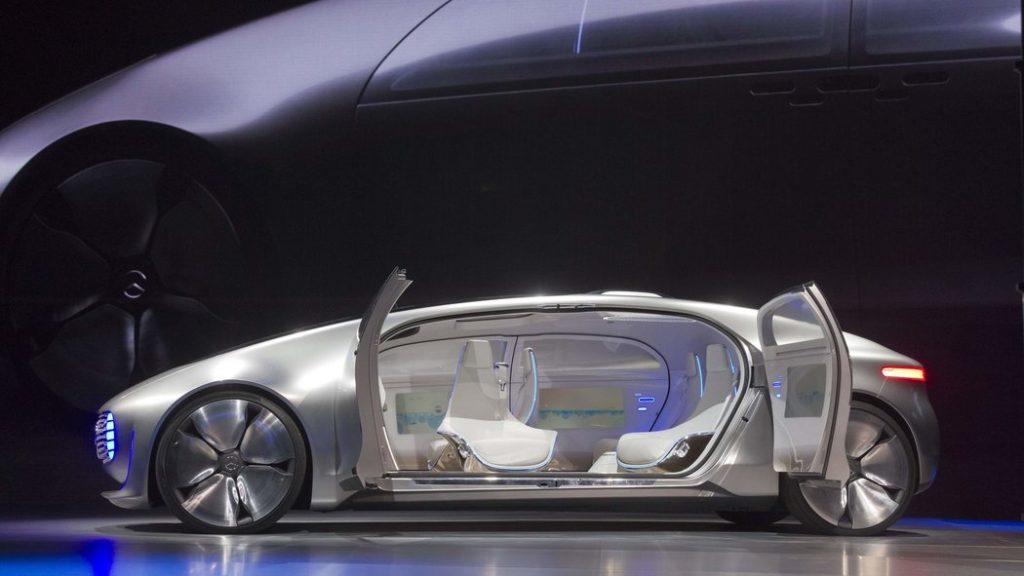The rise of self-driving cars, powered by artificial intelligence and advanced sensors, is set to transform how cities function and how people move. Urban transportation is undergoing a revolution. For over a century, cars have represented freedom and progress but they’ve also contributed to pollution, congestion, and accidents.
As we move deeper into 2025, autonomous vehicles (AVs) are no longer a futuristic concept. They are already operating in pilot programs across cities like San Francisco, Dubai, and Shanghai. The impact of this transformation goes far beyond convenience it’s redefining the very structure of modern cities.
Table of Contents
What Are Self-Driving Cars?
Self-driving cars, or autonomous vehicles, are equipped with AI systems, LiDAR (Light Detection and Ranging), radar sensors, and high-definition cameras that allow them to perceive their surroundings, identify obstacles, and make driving decisions in real time.
They rely on complex algorithms and machine learning models trained on millions of miles of driving data. This enables them to predict human and environmental behaviors such as how pedestrians move, how traffic lights change, or how other drivers react.
The Technology Behind the Wheel
The foundation of self-driving cars lies in the integration of multiple advanced technologies:
1. Artificial Intelligence (AI):
AI enables the car to analyze massive amounts of sensory data in real time. It identifies traffic signs, detects objects, and decides the safest course of action.
2. Machine Learning (ML):
ML allows autonomous cars to improve over time by learning from experience. Each trip helps refine the algorithms that control acceleration, braking, and steering.
3. LiDAR and Sensors:
LiDAR uses laser pulses to map the environment in 3D, helping the vehicle “see” its surroundings even in low light or poor weather conditions.
How Self-Driving Cars Are Changing Cities
The shift toward self-driving technology is transforming not only how we travel but also how cities are designed and managed.
1. Reduced Traffic Congestion:
Autonomous cars can communicate with one another to optimize traffic flow. Instead of human drivers making sudden stops or inefficient turns, AI-driven vehicles maintain consistent speeds and reduce bottlenecks. Studies predict that widespread use of AVs could cut urban congestion by up to 40%.
2. Enhanced Road Safety:
Human error causes over 90% of road accidents. Self-driving cars, unaffected by fatigue, distraction, or emotion, have the potential to drastically reduce collisions. Advanced sensors detect obstacles faster than human reflexes, making driving safer for everyone.
3. Greener Transportation:
Autonomous vehicles are often electric, contributing to cleaner air and lower emissions. Their ability to plan efficient routes also reduces fuel consumption. When combined with renewable energy sources, AVs represent a significant step toward sustainable urban mobility.
Economic and Social Implications
The adoption of self-driving cars will bring major economic changes. On one hand, automation may disrupt industries dependent on driving such as trucking and ride-hailing. However, it will also create new opportunities in software development, robotics, maintenance, and AI system design.
The mobility-as-a-service (MaaS) model, where users pay for rides instead of owning vehicles, will likely dominate future cities. Companies like Tesla, Waymo, and Uber are already experimenting with autonomous fleets. This shift could lower the cost of transportation while reducing the total number of vehicles on the road.
The Challenges Ahead
Despite the promise of self-driving cars, challenges remain.
- Regulatory Hurdles: Many countries still lack clear legal frameworks for AV testing and deployment. Governments must ensure safety standards and liability rules before mass adoption.
- Cybersecurity Threats: As connected vehicles rely heavily on data and the internet, they are vulnerable to hacking and data breaches.
- Public Trust: People need time and education to feel comfortable in fully autonomous cars. Building trust is as important as building technology.
The Future of Autonomous Mobility
In the coming years, we can expect self-driving cars to become more efficient, affordable, and integrated into everyday life. The rise of autonomous public transport, such as driverless buses and shared robo-taxis, will further reduce congestion and emissions.
Moreover, the combination of AI, 5G connectivity, and the Internet of Things (IoT) will make urban transportation systems smarter and more responsive. Cities will become interconnected ecosystems where vehicles, traffic systems, and even pedestrians exchange real-time data to improve safety and efficiency.
Conclusion
Self-driving cars represent more than just a technological innovation; they symbolize a new era of intelligent, sustainable, and connected living. As cities continue to grow, autonomous transportation will be essential in solving urban challenges such as congestion, pollution, and safety.
While there are still obstacles to overcome, the momentum toward automation is unstoppable Also Check Why Cybersecurity Is Responsibility – Ultimate Guide – 2025







1 thought on “How Ultimate Self-Driving Cars Are Reshaping Transport 2025”